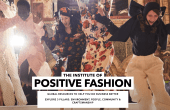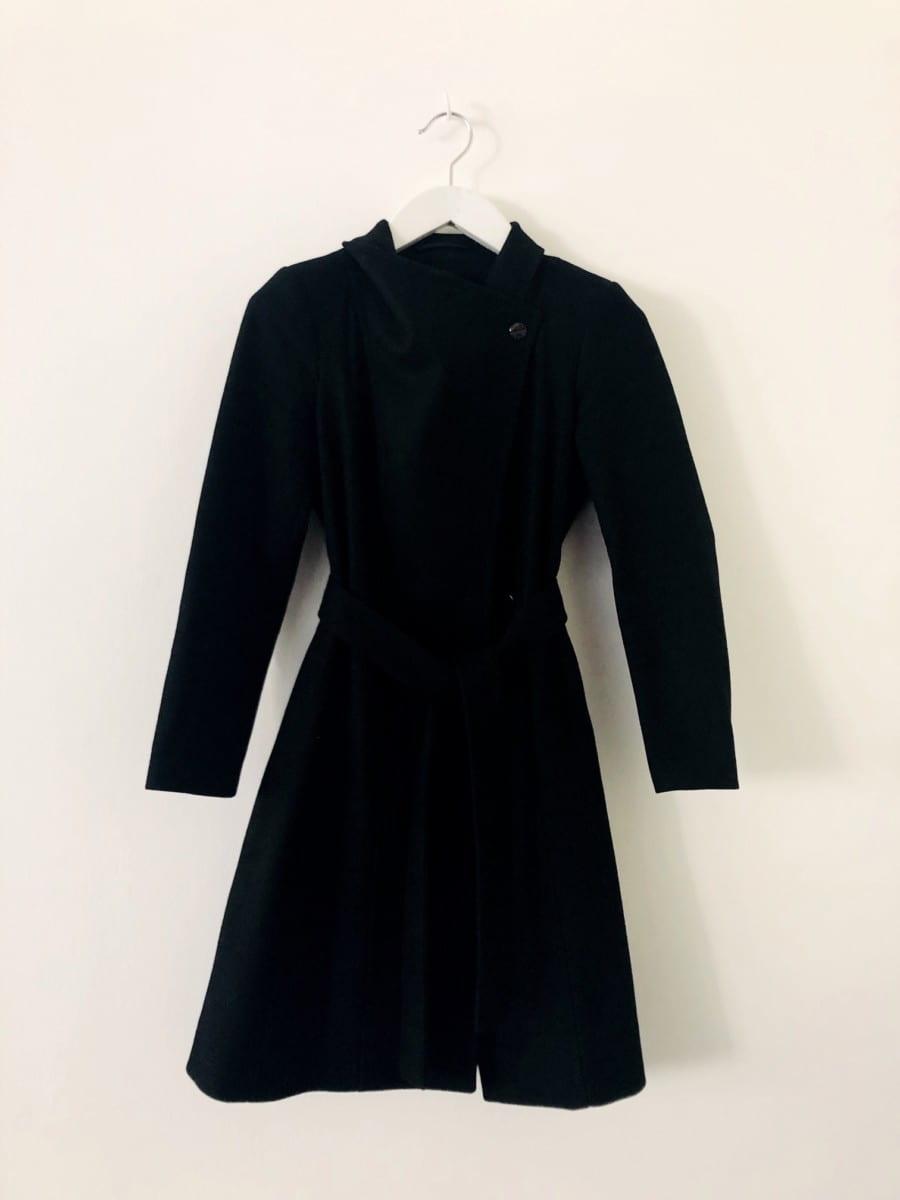Today there are thousands of girls aspiring to be the next Kate Moss in an age when perhaps it has never been easier to get into modelling. Yet there was once a golden age, when only a handful of models made it into the history books. We meet one of them
Flicking through a magazine, fashion seems so ephemeral, lightweight, shallow, that the notion of authenticity appears to be its very antithesis. But get beyond the apparent glitz and celebrity coverage to the people who create and work in such a dynamic industry and you will find that to make an impact, authenticity is essential. Having an obsession, being totally professional, with a genuine desire to develop a new voice, combined with hard work, vision and complete focus is the only way to succeed.

Ali Mahdavi. Paris 2011
Most models – who began as little more than temporary clothes horses, hired to do justice to the designs – rarely last more than a few seasons. In a world that searches for youth and change, Carmen Dell’Orefice, still working at 80, is unique. She is far more than just a body: she understands that in this forever shifting industry that it is critical to know who you are.
“Fashion is part of a communication. It’s the beginning. We describe part of ourselves by how we look, but you can’t tell a book by its cover. There’s an appropriateness. I think it’s funny when decades and things are just the current thing. All the long, straight hair. Everybody wants to be somebody else, rather than using those images as a stimulation to look at themselves and redefine and redesign themselves and see who they are.”
For me, Carmen is an inspiration. She has challenged assumptions and questioned boundaries at every stage of her life. She understood early that her looks could transform her bleak childhood which was so poor that her mother put her in foster homes while she raised enough rent for the two of them. At 13 she posed topless for Salvador Dali for $12 an hour. Two years later – in 1947 – she appeared on the cover of Vogue. A punishing early training regime with Ballets Russes plus rheumatic fever at 12 had stopped the onset of puberty, so Conde Naste paid for hormone injections to reverse it.
She has gone onto grace the cover of Vogue a further five times. Working with the most definitive photographers of the last 66 years, including Irving Penn, Cecil Beaton, Richard Avedon, Horst P Horst and John Rawlings, she has fronted 14 cosmetics campaigns. She retired briefly in 1966 before returning to work for her ‘second phase’.
This time, while still working with photographers like Richard Avedon, she was also feted by the new generation including Nick Knight and Helmut Newton. The industry had changed and models were no longer just ‘coathangers’, but professionals in their own right, from whom photographers gleaned inspiration. This is where Carmen’s contribution to the industry becomes so clear. She is able to translate and transform the clothes and the vision of the photographer creating a reality that is more than a fashion shoot. Carmen understands and visualises what the photographer is trying to achieve, she understands the shapes, the structure, the setting, the lighting, how the hair, make up and clothes combine with her physical reality to create the image.
I first met her about four years ago when she came to the opening of David Downtown’s exhibition in the Fashion Space Gallery here at the College. It was hard for me not to be awestruck- a reaction, which I now recognise as universal when people are first introduced to her.
Even knowing the facts of her life, and the photographs that comprehensively document most of it, I was not be prepared for the mesmerising combination of her beauty and personality. We all hope our lives are positively shaped by our experiences, that we become more generous not less, more beautiful and not withered by either age or events, to meet Carmen is to see how that might be possible.

Unknown Photographer. New York. Early 1940s.
Her work and contribution to the history of modelling and fashion photography is significant. She has described her thought process behind the photograph very clearly:
“I’ve always appreciated what their job is, what they’re trying to do. I’m just part of the picture. I’m not the picture. There’s so much that goes into it, you know? It’s got to be a team effort. Think about family. Think about living. My goal in life is to do better than Do No Harm. How do you do some good that really hits the mark? Well, you start one smile at a time, one overt little thing to make another human being know that you notice them, that you feel for them, that you’re happy when they’re happy.”
These days she lives in a New York flat stuffed with posters and pictures by Avedon and the rest, ‘in the closets and under the bed’. She is also still hard at work. The recently College commissioned a fashion shoot in Paris to celebrate her extraordinary life, which will be on show as part of the exhibition celebrating her decades in the industry. Carmen: A Life in Fashion is on show at our Fashion Space Gallery from 16 November- 14 January 2012.
For Sublime Magazine. Issue 30 Authentics




